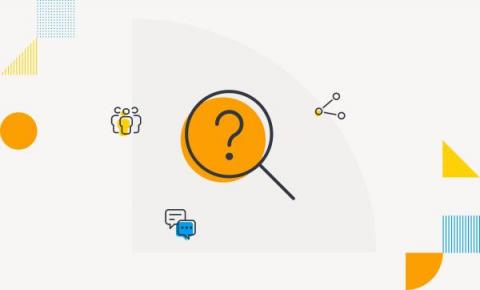Security Reference Architecture Summary for Cloudera Data Platform
This blog will summarise the security architecture of a CDP Private Cloud Base cluster. The architecture reflects the four pillars of security engineering best practice, Perimeter, Data, Access and Visibility. The release of CDP Private Cloud Base has seen a number of significant enhancements to the security architecture including: Before diving into the technologies it is worth becoming familiar with the key security principle of a layered approach that facilitates defense in depth.









